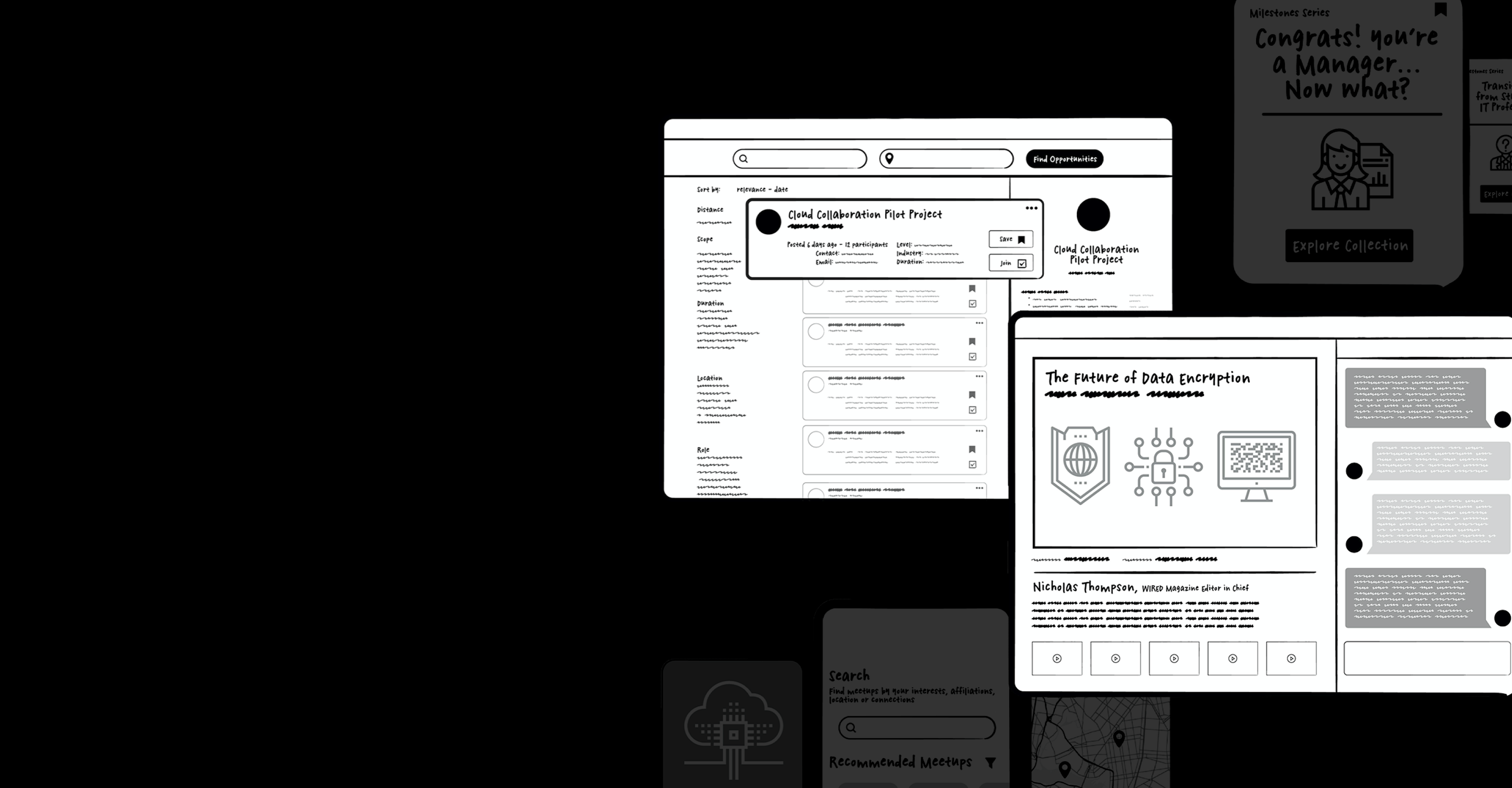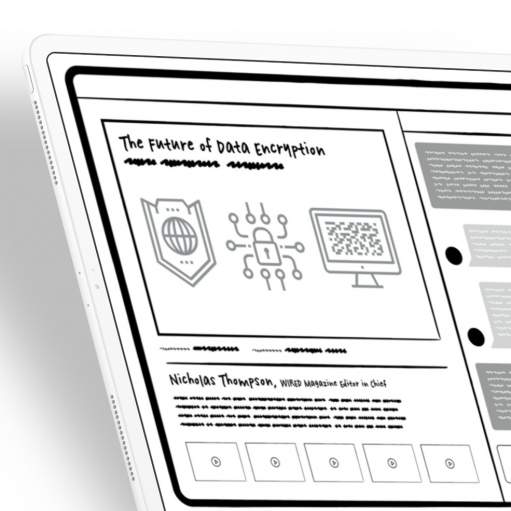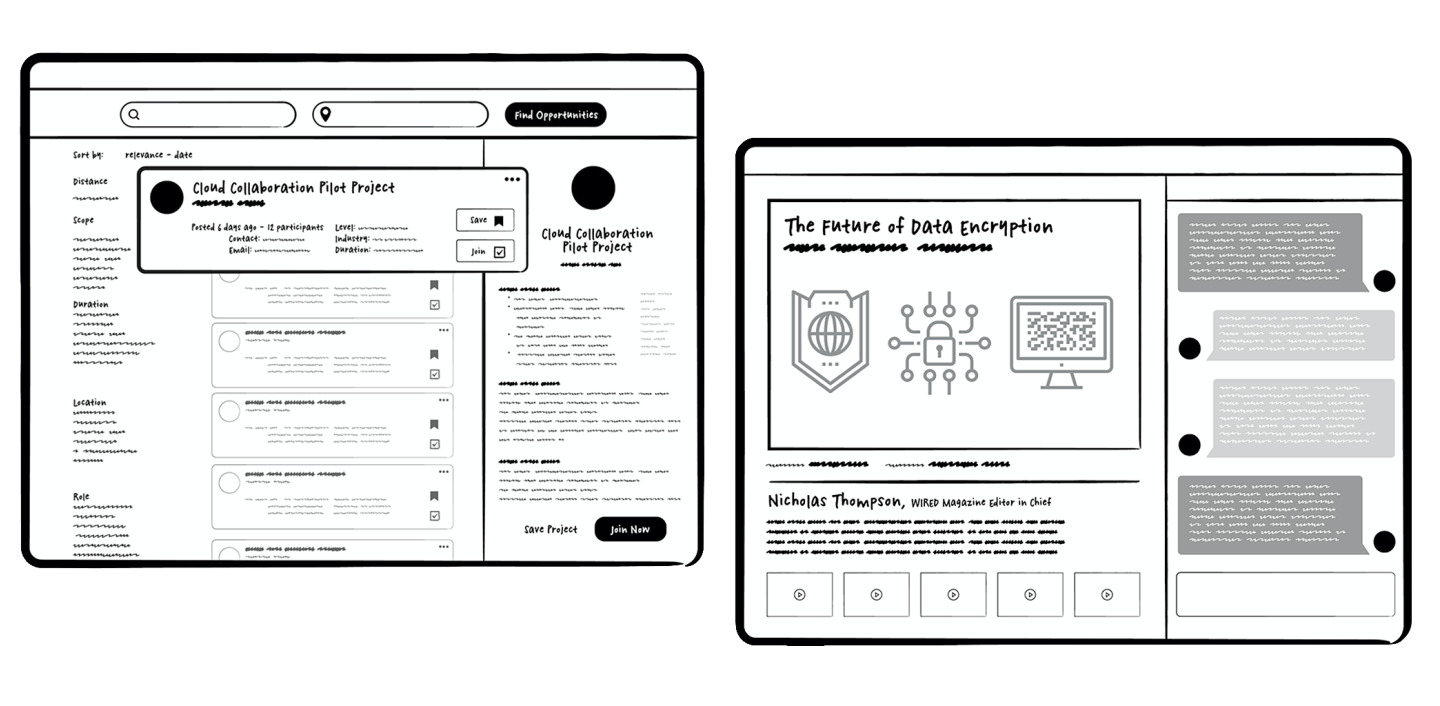In ISACA’s case quantitative research successfully uncovered issues around satisfaction and engagement. Those methods couldn’t tell us what caused those issues or how to address them. Qualitative research methods reveal nuance, helping to uncover the ‘why’ and not only the ‘what.’
Instead of open-ended qualitative interviews, however, we brought fodder that our target audience could react to — a mix of high-level features ISACA could offer and values ISACA communicated to members. We were trying to reach people who were disengaged, and inherently not thinking about ISACA regularly. Bringing prompts gave us a way to kick-start our conversations and get meaningful feedback quickly.







